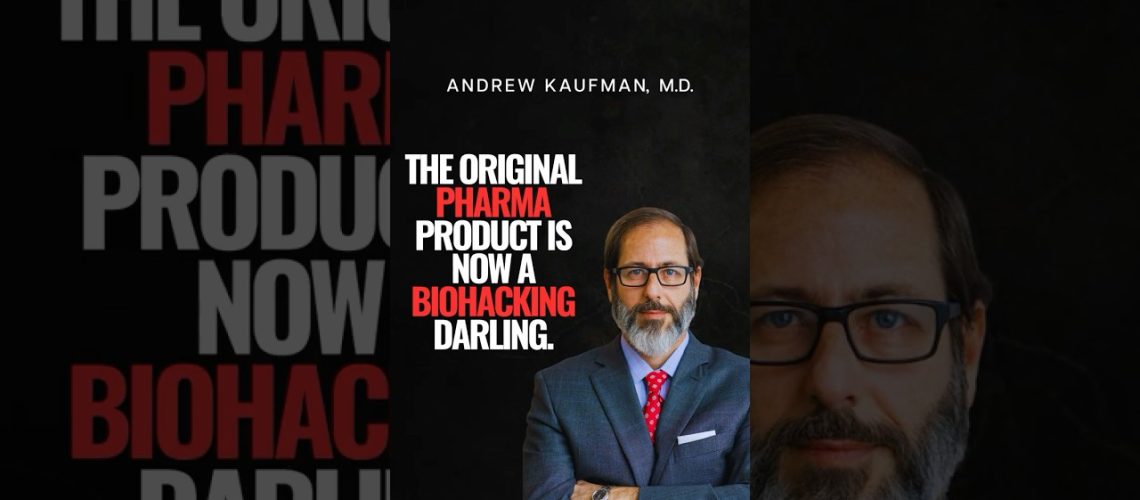How did a 150-year-old chemical dye become the latest trend in brain health and biohacking?
Before it was popular in the biohacking community, methylene blue had a wild and fascinating origin story. Originally developed in the late 1800s as a textile dye, it quickly caught the attention of scientists for its unique interaction with cells and mitochondria.
By the early 20th century, methylene blue made the leap from fabric to pharmaceutical, used to treat conditions like malaria, urinary tract infections, and even as a nootropic for mental clarity.
Here’s the kicker: it was the first synthetic drug ever used in modern medicine. Yep—OG Big Pharma.
Fast forward to today, and methylene blue is being rediscovered as a potential mitochondrial enhancer, neuroprotective agent, and cognitive performance booster.
But how beneficial is this trending nootropic? And do the risks of methylene blue outweigh the hype?
I’m diving into this controversial health trend this week on The True Health Report—your go-to podcast for holistic wellness, functional medicine insights, and real talk about the latest in health innovation.
🎧 New episode drops Friday—follow wherever you get your podcasts!
source


